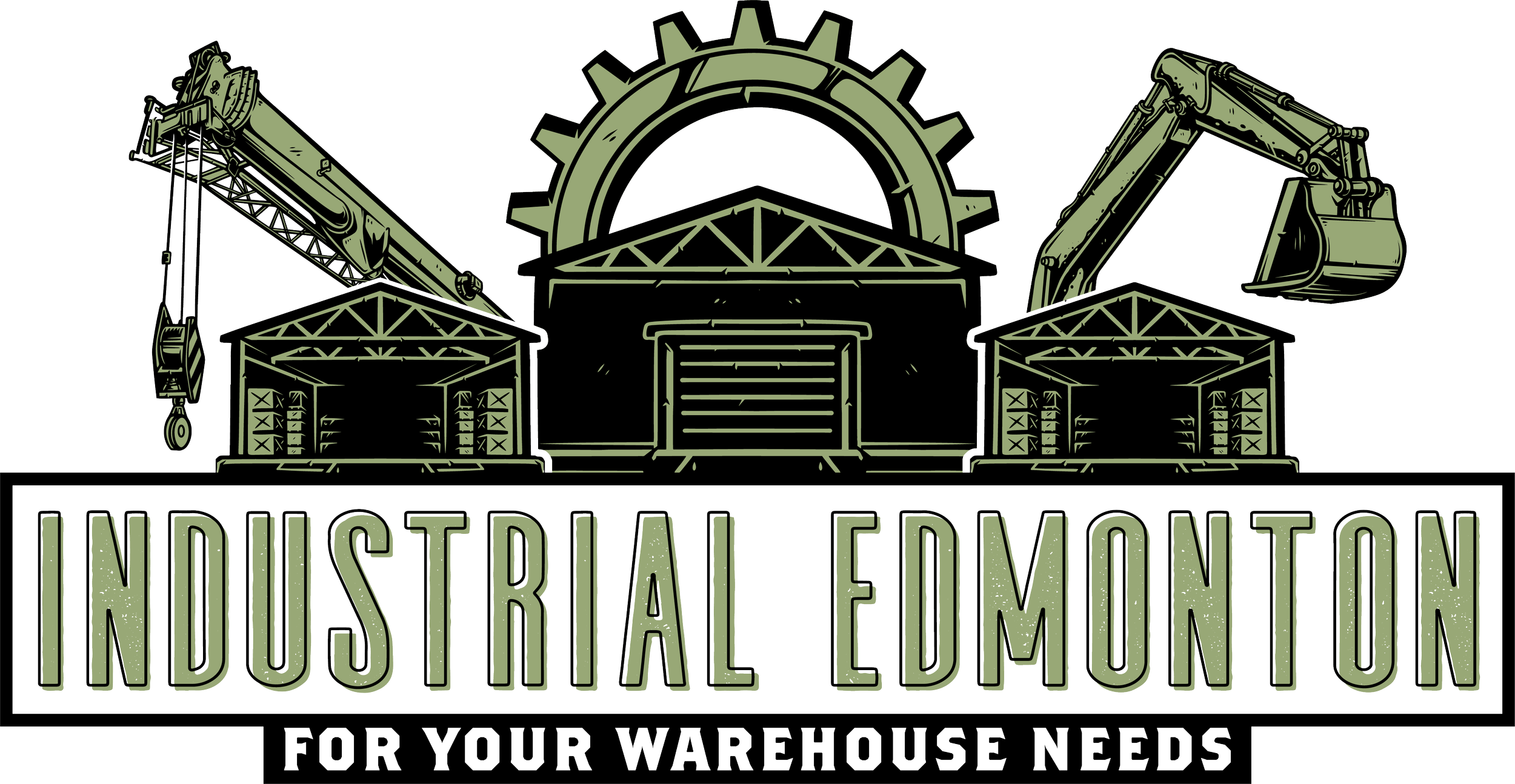The big energy problem, and the [nu]clear solution.
I was pleasantly surprised to hear that Alberta, along with Ontario, Saskatchewan and New Brunswick, have all signed on to help further develop nuclear reactor technology in Canada. The goal of this program is to support the advancement and deployment of nuclear energy through small modular reactors (SMRs), a fresh, new technology that greatly differs from standard nuclear reactors, both in size, flexibility and overall safety.
The history of nuclear energy is well publicized and filled with some…peaks and valleys. Due to horrific [human error] accidents, uneducated global campaigns were effective in weakening the development of an energy source that is in fact one of the cleanest, most reliable, and globally scalable.
Carbon Impact and Climate Concerns
While there is still fear and uncertainty around nuclear energy, the most compelling argument to align polarized sides of this debate is the impressive positive impact nuclear power production could have on reducing greenhouse gas emissions. There has been an unwavering push to replace non-renewable energy sources worldwide with renewables, primarily solar, wind and hydro power. And while these sources can undoubtedly reduce greenhouse gas emissions, it has been proven that they alone will not possibly have the impacts that are required to slow global warming at the speed required. The demands for energy are too great, and the production of energy from wind, solar and hydro is simply not reliable enough, nor of a high enough capacity to serve growing demands. There is really only one big power source that we know of that could globally impact and shift greenhouse gas emissions downward in the timeframe that is required, and that is nuclear energy.
Reliability of Power
This chart shows that nuclear power plants are producing maximum power more than 93% of the time during the year, compared to much lower numbers for other energy sources. The reason this is so important is that the power produced by nuclear plants is consistently feeding consumers, with very little fluctuation. Solar is only produced when the sun is shining, and wind is only produced when the wind is blowing, which creates the need for back up power options (generally non-renewable) to level out the feeds. Herein lies the problem with fully replacing non-renewables.
Scalability and Global Availability
Alberta’s involvement (with three other provinces) in the further development of small modular reactors (SMRs), provides the opportunity to supply non-emitting, low-cost energy for on-grid and off-grid communities in Alberta, as well as industries with significant needs for steam, such as Alberta’s oil sands. This is a huge challenge and driver towards the use of nuclear energy as most remote communities struggle to have consistent power sources, relying on coal or diesel to meet the needs of their communities.
“SMRs are smaller than traditional nuclear reactors and scalable to suit local needs, with lower upfront capital costs and enhanced safety features. Typical SMRs would be small enough to be built in a factory and shipped by truck, rail or ship, and would generate between two and 300 megawatts of electricity, which could provide power for a village or small city. In comparison, a conventional nuclear reactor can generate 600 to 1,000 megawatts, which can provide power for a large city. SMRs could operate independently or be linked to multiple units, depending on the required amount of power.” (Cold Lake Sun)
Nuclear Energy in Canada
In November 2018, the federal government released the Canadian Small Modular Reactor Roadmap that outlines recommendations for collaboration among federal, provincial and territorial governments, Indigenous communities and other stakeholders to support SMR development in Canada (See Link Below). Leaders in Ontario, New Brunswick, Saskatchewan and Alberta believe nuclear energy could be an opportunity for great economic growth, estimating the Canadian market at $10 billion and the global market at $150 billion.
Key facts ABOUT CANADIAN NUCLEAR ENERGY
Canada is the second largest producer and exporter of uranium in the world, with 13% of global production in 2018. Uranium is used to fuel nuclear reactors.
Nuclear power generation accounted for 15% of Canada's electricity in 2017 and is a source of energy that does not emit greenhouse gases.
In 2018, 76% of Canada's uranium production was exported for use in nuclear power throughout the world.
Canada has developed a unique nuclear reactor technology, CANDU; there are 18 CANDU reactors in Ontario, 1 in New Brunswick and 10 in operation outside of Canada
Under Canada's nuclear non-proliferation policy, Canadian uranium can be used only for peaceful purposes.
The following map shows currently, all uranium comes from mines in Saskatchewan, while uranium processing, refining, conversion, fuel fabrication, research and waste management happens across Canada with nuclear power stations in Ontario and New Brunswick.
How can Alberta contribute?
Alberta would be a fantastic candidate for the implementation of nuclear energy due to our highly skilled labour force in many applicable fields, our impressive public and private research sector, and our experience with sustainable and responsible energy development. Our province has an extensive background in the regulatory framework needed to spearhead and strengthen long-term major projects of this kind. Furthermore, straddling the Alberta and Saskatchewan border is the Athabasca Basin. This basin is home to one of the largest, reliable uranium supplies in the world, and the fuel source for nuclear reactors.
I’ve lastly included a link to a Ted Talk by environmentalist Michael Shellenberger, entitled “Why I changed my mind about nuclear power”. It provides a compelling and common sense understanding as to why nuclear power may be the clear solution to our big energy problems.


